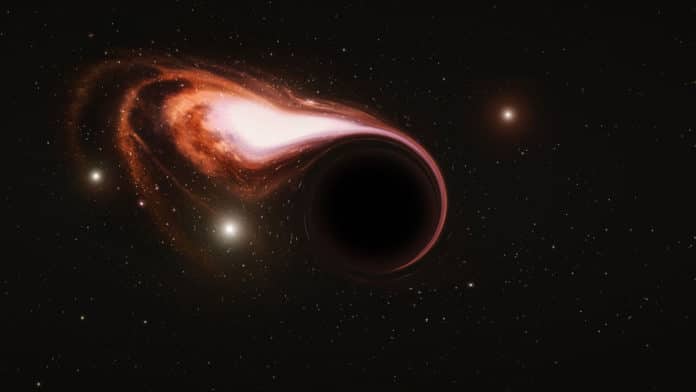Not all galaxies in the Universe are actively forming stars. An abundant population of inactive objects forms stars at significantly lower rates.
What stops star formation in galaxies? This tends to be the biggest question in understanding galaxy evolution.
Using Machine learning and state-of-art simulations, scientists from the University of Cambridge have resolved this 2-decades old debate. They set up an experiment to determine what might be the possible reasons.
In particular, they used three state-of-the-art cosmological simulations: EAGLE, Illustris, and IllustrisTNG. The simulations help them investigate what we would expect to see in the real Universe as observed by the SDSS when different physical processes were halting star formation in massive galaxies.
Later, they classified galaxies into star-forming and inactive by applying a machine learning algorithm. They determined which of the parameters best predicts how galaxies turn out. Those parameters are: the mass of the supermassive black holes found at the center of galaxies (these monster objects have typically millions or even billions of times the mass of our Sun), the total mass of stars in the galaxy, or the mass of the dark matter halo around galaxies.
These parameters allowed scientists to determine which physical process prompts galaxies into semi-retirement: energy injection by supermassive black holes, supernova explosions, or shock heating of gas in massive halos.
Their simulations predict that the mass of the supermassive black hole is a prominent factor in inhabiting star formation. Most importantly, the simulation results match observations of the local Universe, adding weight to the scientists’ findings.
Joanna Piotrowska and her team at the Kavli Institute for Cosmology said, “It’s really exciting to see how the simulations predict exactly what we see in the real Universe. Supermassive black holes – objects with masses equivalent to millions or even billions of Suns – really do have a big effect on their surroundings. These monster objects force their host galaxies into a kind of semi-retirement from star formation.”
Journal Reference:
- Joanna M Piotrowska et al. ‘On the quenching of star formation in observed and simulated central galaxies: evidence for the role of integrated AGN feedback. DOI: 10.1093/mnras/stab3673
